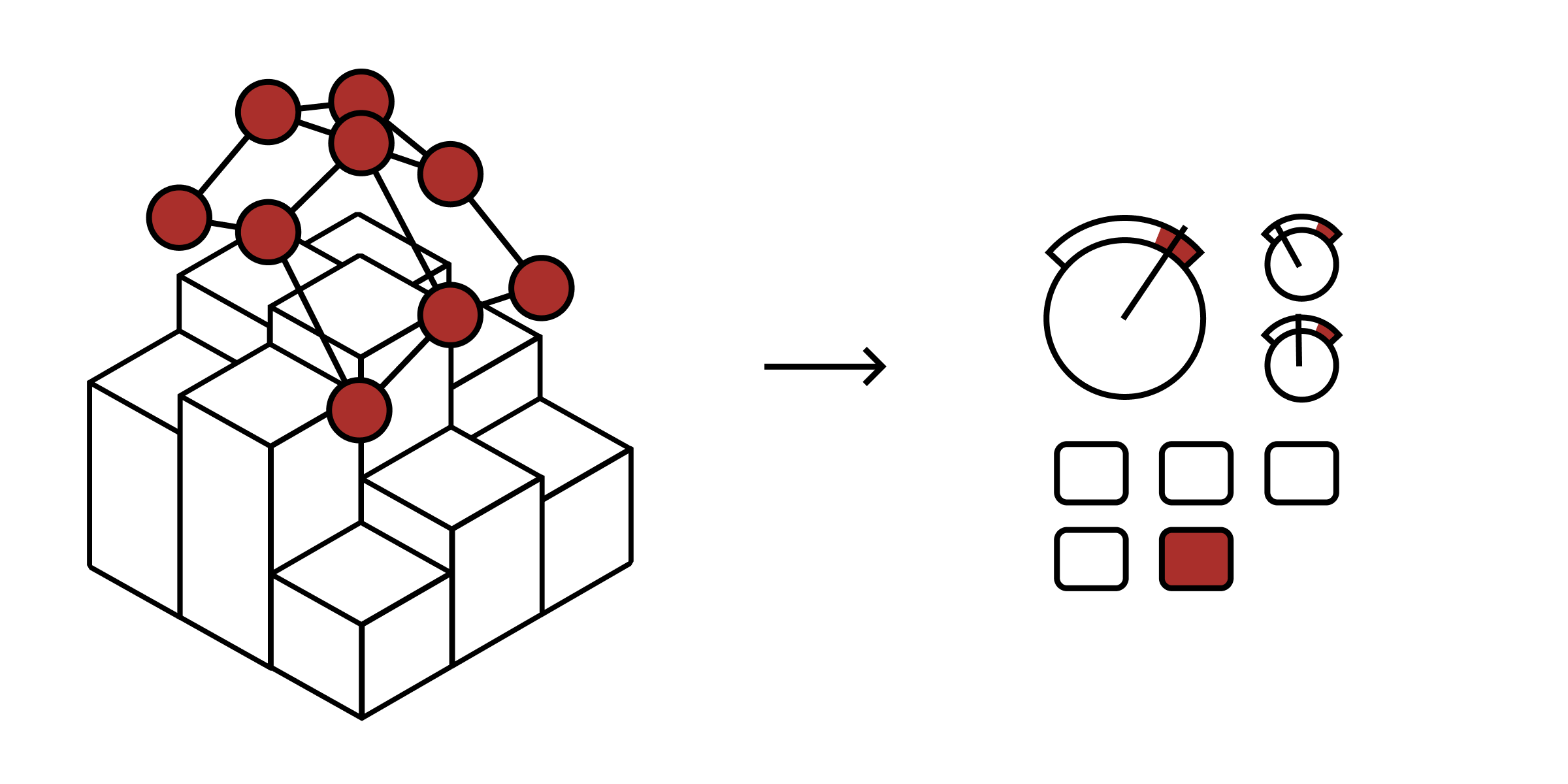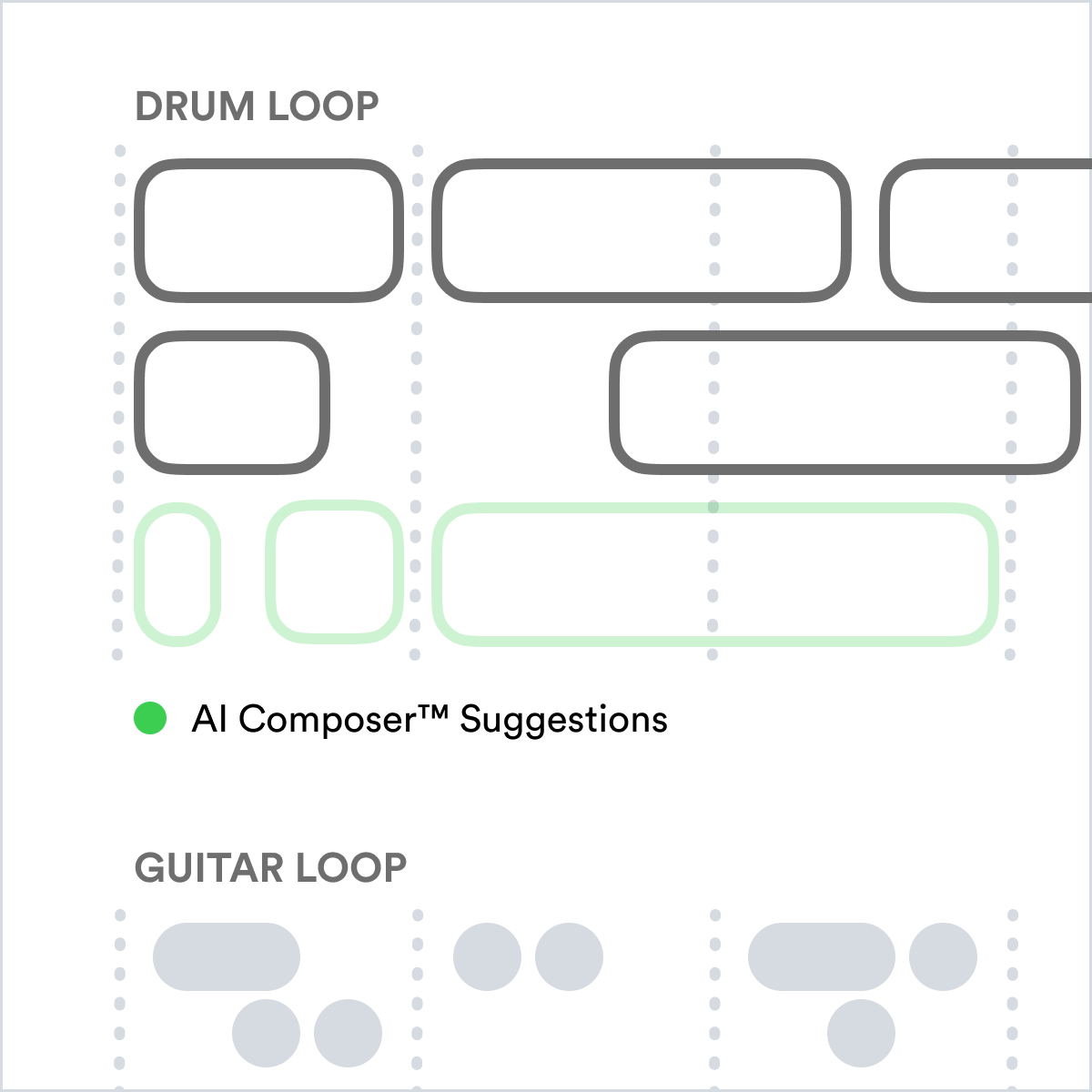
Overview
Many see technology as a tool of automation, to eliminate anything seen as inefficient or wasteful. However, this implicitly assumes that technology is only good for accomplishing things that humans already do. Instead, what about the other side of the coin, the massive realm of things that humans are not yet able to accomplish at all? Augmentation as a principle is about re-orienting us to imagine this vastly unexplored space of possibility. It is a recognition that human cognition and creativity can expand the possibilities of technology to achieve more. Humans play a vital role in complex AI systems, not just as users, in wielding these powerful capabilities.
Augmenting Humans with Data
The primary mode of augmentation that most AIs provide is through data. Large systems are complex, such as the real estate market, with many regional nuances and regulatory factors playing into any key decision. By creating an AI model that can, say, estimate the price of a home based on millions of past examples, we are essentially encoding this model to contain millions of pieces of knowledge. A particularly smart person could spend an entire lifetime poring over housing records and developing heuristics of their own, without reaching near the level of knowledge of this AI system. Even more, AI allows us to compress this treasure trove of historical data into mathematical models that can be transported like a regular digital file. Modern AI models are trained on ever more massive quantities of data, in essence amounting to humanity’s collective recorded intelligence. Carefully designed AI could provide us with access to the world’s intelligence in myriad ways. However, it is now up to us to imagine how new systems will achieve this.
The Collective Unconscious
Shrinking Representations to Human Scale
AI is not just about expanding our horizons to encompass massive amounts of data, but also about shrinking massive data to human scale. In the same way that we turn a steering wheel to move a car, technology allows us to create simplified interfaces to complex systems. AI has the capability to reduce a challenge such as managing a building’s temperature into a few virtual knobs and dials. There are plenty of large-scale systems that need to be reimagined for human-scale interaction.

Generative Technology
Finally, AI can augment humans by generating and creating things for us. These so-called generative AIs can function as part of a person’s creative workflow, such as in the process of creating a 3D-rendering or a musical composition. The AI can provide a sort of template to the user, like a bare-bones song with a time-signature. Or, the AI may generate helpful pieces such as an accompaniment to the user’s music.
In designing a generative AI, recognize that these systems invert the role of a human from a creator into a curator, who now has the responsibility to choose the best from a selection of AI-generated things. Of course, this is not a strict duality—interfaces could allow users to interact as partial creator-curator, by editing and selecting in collaboration with AI (see Latent Space).
Ethics of Augmentation
Designers must grapple with the larger second-order effects of what we build. A road that is built straighter and smoother needs better protection as drivers will be more likely to speed. Similarly, AI is rapidly providing humanity with instant access to a variety of newly ‘free’ capabilities—imitating someone else’s voice, editing video realistically, accurately recognizing a face in publicly available images. AI also gives large platforms access to pervasive behavior manipulation, by measuring human actions and developing various correlations between our preferences and their paid content networks. Acting ethically when augmenting human capabilities requires us to in some senses predict the future, or at least to maintain a point-of-view on how our actions affect the world around us by imagining both possibility and harm with equal gravity (see Agency, Accountability, and Ethics).
Design Questions


Considerations
Generative Design
Generative tools tend to have their own global ‘style’ even if the tools are designed to generate a broad variety of outputs.
Abundance
The easier it is to generate something, the higher the requirement is to curate what is generated.

Participant or Observer
Consider the role of the user as an active participant in generating design, versus a passive or observer role.
Generator vs Critic
Augmentative tools can either help generate or critique actions, which changes the overall experience of the system.
Aspirational Users
Your users often will not be existing experts, but novices who aspire to be experts.

Further Resources
- Augmenting Human Intellect by Douglas Engelbart
- Ten Questions Concerning Generative Computer Art by John McCormack, et al.
